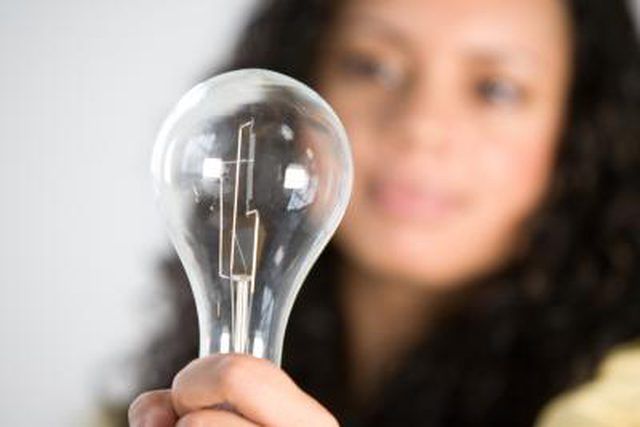Bulbs
Flower Basics
Flower Beds & Specialty Gardens
Flower Garden
Garden Furniture
Garden Gnomes
Garden Seeds
Garden Sheds
Garden Statues
Garden Tools & Supplies
Gardening Basics
Green & Organic
Groundcovers & Vines
Growing Annuals
Growing Basil
Growing Beans
Growing Berries
Growing Blueberries
Growing Cactus
Growing Corn
Growing Cotton
Growing Edibles
Growing Flowers
Growing Garlic
Growing Grapes
Growing Grass
Growing Herbs
Growing Jasmine
Growing Mint
Growing Mushrooms
Orchids
Growing Peanuts
Growing Perennials
Growing Plants
Growing Rosemary
Growing Roses
Growing Strawberries
Growing Sunflowers
Growing Thyme
Growing Tomatoes
Growing Tulips
Growing Vegetables
Herb Basics
Herb Garden
Indoor Growing
Landscaping Basics
Landscaping Patios
Landscaping Plants
Landscaping Shrubs
Landscaping Trees
Landscaping Walks & Pathways
Lawn Basics
Lawn Maintenance
Lawn Mowers
Lawn Ornaments
Lawn Planting
Lawn Tools
Outdoor Growing
Overall Landscape Planning
Pests, Weeds & Problems
Plant Basics
Rock Garden
Rose Garden
Shrubs
Soil
Specialty Gardens
Trees
Vegetable Garden
Yard Maintenance
Difference Between Light Bulbs for Plants & Regular Bulbs
Difference Between Light Bulbs for Plants & Regular Bulbs. Plants that are kept indoors, but are not necessarily indoor plants, often suffer from lack of sunlight. Even in a sunny window many plants will not receive the amount of necessary sunlight to grow healthy. This is especially true of plants started indoors for transplanting outside. These...

Plants that are kept indoors, but are not necessarily indoor plants, often suffer from lack of sunlight. Even in a sunny window many plants will not receive the amount of necessary sunlight to grow healthy. This is especially true of plants started indoors for transplanting outside. These plants need supplemental light to be healthy.
Spectrum
Plants need light in the blue spectrum for leafy growth and the red spectrum for budding and flowering. For starting seeds, the lights that produce plenty of blue light are the most important. These include metal halide and full spectrum fluorescent bulbs. Incandescent bulbs don't produce the light necessary in the required spectrum to be of much help to indoor plants.
Efficiency
Incandescent lights have a low lumen output per watt, meaning it takes more energy to produce the same light. Standard fluorescent lights are twice as efficient as incandescent bulbs. Metal halide lights are about five times as efficient as similar incandescent bulbs.
Color Temperature
The Kelvin scale is used to indicate the color of the light. The higher the number on the scale the cooler (more blue) the light is; the lower the number the warmer (red) the light is. Sunlight has a high Kelvin number, about 6,000. Incandescent lights are at about 2,700 on the Kelvin scale. Fluorescent and high-intensity lights can be manufactured to any color temperature between 2,800 and 6,000.
Heat
Incandescent bulbs get very hot and should be placed no closer than 24 inches from a plant. Standard fluorescent bulbs stay much cooler and should be placed about four inches above the plants for most effectiveness.
Lifespan
Incandescent grow lights have an average lifespan of 750 hours. Standard fluorescent bulbs last up to 20,000 hours. Compact fluorescent and high-output fluorescent bulbs last about 10,000 hours. Metal halide high intensity discharge grow lights last 10,000 to 20,000 hours depending on the wattage.